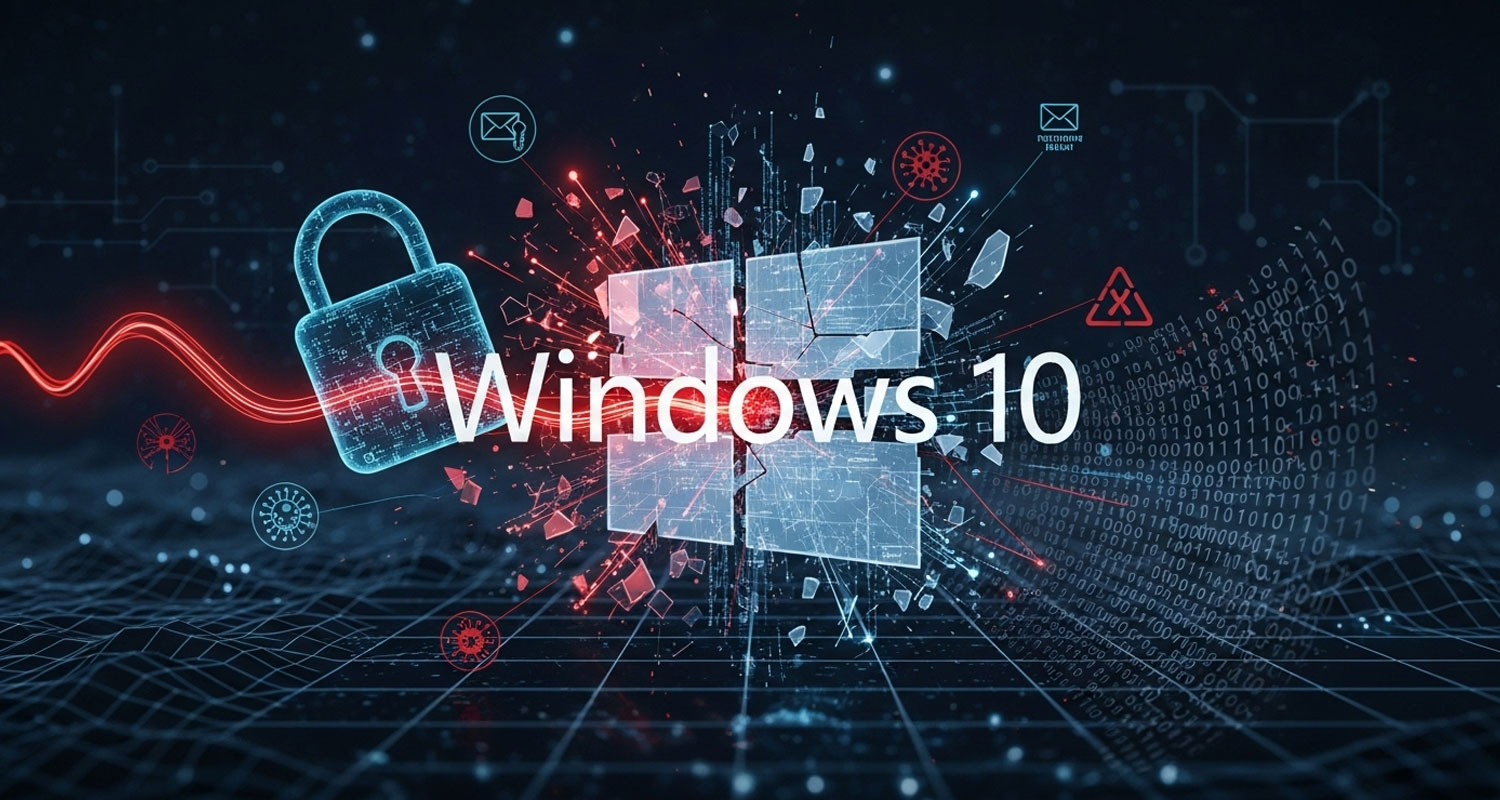adverts
With the end of Windows 10 support set for 14 October 2025, businesses around the world are facing a critical technology crossroads: invest in costly hardware upgrades to support Windows 11 or pay steep fees for extended support to keep existing systems secure. Either choice comes with significant financial implications.
Microsoft has made it clear that once Windows 10 reaches its end of life, no free security updates, technical support, or bug fixes will be provided. “Your PC will still work, but we recommend moving to Windows 11. Windows 11 offers a modern and efficient experience designed to meet current demands for heightened security,” the company warns.
Industry estimates reveal that nearly half of all PCs globally still run Windows 10, with the transition to Windows 11 lagging among consumers and small- to medium-sized businesses. PC makers Dell and HP have both noted a slow migration pace, particularly among organisations with large, ageing IT estates.
adverts
While individual users have some breathing room, Microsoft says consumers running Windows 10 version 22H2 will receive one year of free Extended Security Updates (ESU) if they are not ready or able to upgrade.
For businesses, however, delaying the inevitable comes at a steep price. Enrolment in Microsoft’s ESU programme will cost US$61 per device in the first year, $122 in the second, and $244 in the third—with no guarantee of extended support beyond that period. Organisations that fail to upgrade or enrol risk exposing their networks to unpatched vulnerabilities.
According to Armand Kruger, head of cybersecurity at NEC XON, upgrading to Windows 11 is the more strategic choice in most enterprise scenarios. He explained that Windows 11 incorporates zero-trust security principles and Trusted Platform Module (TPM) 2.0 by default—features that make it significantly more resilient against modern cyberattacks.

“Windows 11 is built on zero-trust principles by design, whereas Windows 10 was built on operational utilisation,” Kruger said. “If there is a zero-day vulnerability that comes out after 14 October, it means Microsoft will not support it, meaning you won’t be able to patch it. This means you will have to redirect your investment in different areas to compensate for that gap.”
TPM ensures sensitive credentials are stored on a separate hardware chip, making it harder for hackers to expand their reach after breaching a system. Companies that delay upgrading and are later breached could also find their cyber insurance claims rejected if they have not taken reasonable steps to secure their infrastructure.
Beyond purchasing new Windows 11-compatible hardware, businesses must also contend with “soft costs”. New systems require configuration to align with IT policies, security settings, and user access protocols.
Jon Tullett, senior research manager at International Data Corporation, noted, “In theory, it’s an easy drop-in process. In practice, it’s always harder than expected—not just the cost of deploying new systems, but the process of testing software. The unfamiliar changes in user experience can have an impact on productivity, and there is an inevitable increase in support calls.”
Click the link Puretvonline.com | WhatsApp Channel to join the WhatsApp channel
GOT A STORY?
Contact/WhatsApp: +233243201960 or manuelnkansah33@gmail.com


